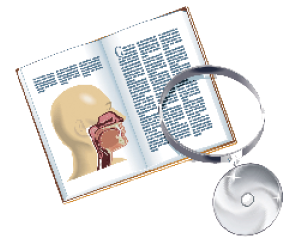 Background
Background
There has been substantial recent debate over the best surgical treatment for papillary thyroid microcarcinoma (PTMC), defined as a carcinoma less than 1 cm in size. As the incidence of patients with these subcentimeter tumors increases, the question of whether to peform a total versus a hemithyroidectomy for these lesions has become increasingly important.
Explore This Issue
August 2013Historically, treatment of any thyroid malignancy entailed total thyroidectomy both for eliminating tumor surgically and for clearing normal thyroid tissue prior to post-operative radioactive iodine ablation. This paradigm has slowly shifted with recent guidelines put forth by the American Thyroid Association in 2009 espousing conservative management of PTMC with hemithyroidectomy alone. However, as demonstrated by a recent survey study by these authors, clinical practice
in the surgical community is more mixed, with a significant minority of surgeons (30%) believing total thyroidectomy to be the appropriate treatment.
Best Practice
Despite conflicting conclusions from different authors regarding the optimal treatment for PTMC, overall survival of this disease is excellent regardless of the extent of initial treatment. The majority of studies point toward hemithyroidectomy as adequate treatment for PTMC without sacrificing future locoregional control. Close clinical follow-up and proper informed consent are critical for these patients, with physical examination and serial imaging done at regular intervals. Prognostic indicators that may lead to more aggressive treatment of PTMC include extracapsular invasion, lymph node metastases, previous radiotherapy, age and aggressive histologic variants. Long-term outcome studies are needed, with at least 20-year follow-up data, in order to fully assess the prognostic significance of these factors in PTMC.
The British Thyroid Association and the American Thyroid Association released revised guidelines in 2007 and 2009, respectively, and are now in agreement with each other in their recommendation for thyroid lobectomy for PTMC. Read the full article in The Laryngoscope.
Leave a Reply